By Film Noir Blonde and Mike Wilmington
The Film Noir File is FNB’s guide to classic film noir, neo-noir and pre-noir on Turner Classi c Movies (TCM). The times are Eastern Standard and (Pacific Standard). All films without a new review have been covered previously in Film Noir Blonde and can be searched in the FNB archives (at right).
Pick of the Week: Bogie and Bacall night is Tuesday, April 7
Humphrey Bogart and Lauren Bacall – the King and Queen of film noir – make for a royally cool evening. First: A documentary-memoir by Bacall, followed by two of the nonpareil pair’s top shows, adapted from books by Ernest Hemingway and David Goodis. Sit back, pour yourself a cold one, and enjoy. And remember: Another vintage Bogart, “Casablanca,” plays (again Sam), Tuesday morning on TCM. (See below.)
2 a.m. (11 p.m.): “Bacall on Bogart” (David Heeley, 1988). A bio-pic gem. Baby on Bogie – and who knew him better?
3:30 a.m. (12:30 a.m.): “To Have and Have Not” (Howard Hawks, 1944).
5:15 a.m. (2:15 a.m.): “Dark Passage” (Delmer Daves, 1947).
Saturday, April 4
8 p.m. (5 p.m.): “Witness for the Prosecution” (Billy Wilder, 1957). “Witness for the Prosecution” (1957, Billy Wilder) From the famous Agatha Christie short story, Billy Wilder expertly fashions one of the screen’s trickiest trial-drama/murder mysteries – with Charles Laughton as the wily, wheelchair-bound barrister, his real-life wife Elsa Lanchester as his long-suffering nurse, and Tyrone Power and Marlene Dietrich as the incendiary couple caught up in a legendary triple-reverse surprise ending.
10:15 p.m. (7:15 p.m.): “Laura” (Otto Preminger, 1944).
12 a.m. (9 p.m.): “Klute” (Alan Pakula, 1971). Jane Fonda as a brainy hooker (her first Oscar-winning performance) being pursued by a psycho killer. Donald Sutherland plays Klute, the cop who tries to help and save her. A classy, first-class neo-noir.
Monday, April 6
1:45 a.m. (10:45 p.m.): “Macao” (Josef von Sternberg, 1952). Robert Mitchum and Jane Russell strike sultry sparks in this exotic thriller from Howard Hughes’ RKO.
Directed by Josef Von Sternberg, with uncredited reshooting by Nick Ray. Co-starring Gloria Grahame, William Bendix and Thomas Gomez.
3:15 a.m. (12:15 a.m.): “His Kind of Woman” (John Farrow, 1951). Down Mexico way, in a Hollywood-style resort, Jane Russell is his kind of woman. And Robert Mitchum is her kind of man.
Gangster Raymond Burr and overripe actor Vincent Price are our kind of heavies in this breezy, funny tongue-in-cheek noir.
Tuesday, April 7
11:45 a.m. (8:45 a.m.): “Casablanca” (Michael Curtiz, 1942).
4 p.m. (1 p.m.): “Passage to Marseille” (Michael Curtiz, 1944).
6 p.m. (3 p.m.): “Mildred Pierce” (Michael Curtiz, 1945).
See Pick of the Week above.
Wed., April 8
2 p.m. (11 a.m.): “Bunny Lake Is Missing” (Otto Preminger, 1965). Bunny Lake is an American child kidnapped in London, Carol Lynley her terrified mother, Keir Dullea her concerned uncle, Anna Massey her harassed teacher, Noel Coward her sleazy landlord, and Laurence Olivier the shrewd police detective trying to put the pieces of the puzzle together. The most important of those pieces: Was Bunny ever really there at all? A neglected gem; based on Evelyn Piper’s novel.
8 p.m. (5 p.m.): “La Strada” (Federico Fellini, 1954).
2 a.m. (11 p.m.): “Requiem for a Heavyweight” (Ralph Nelson, 1962).
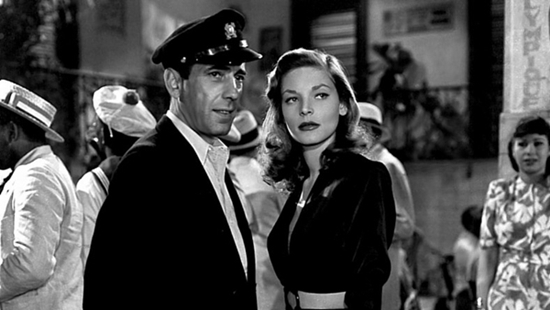
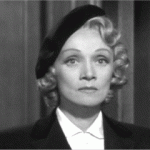
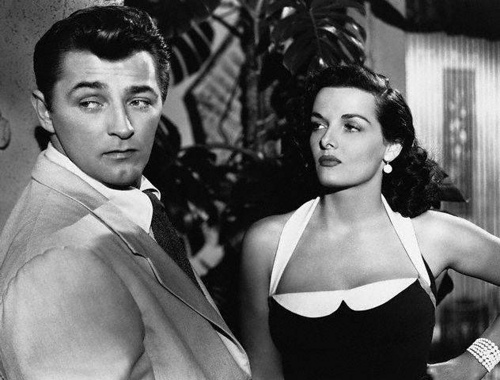






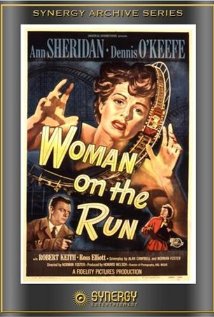
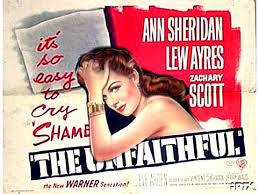
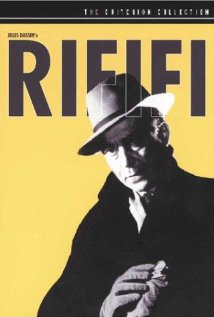
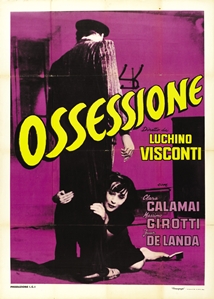
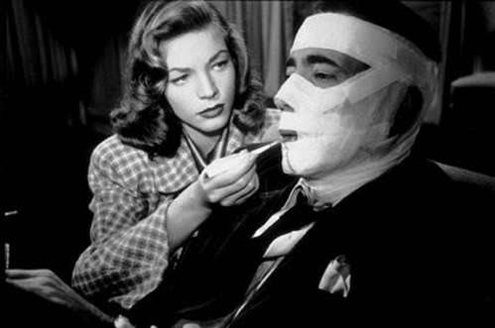
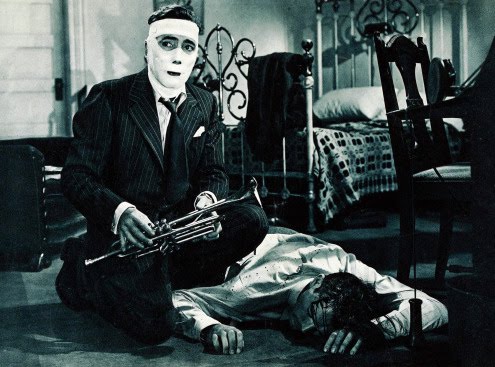
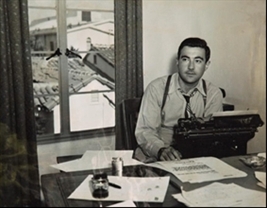
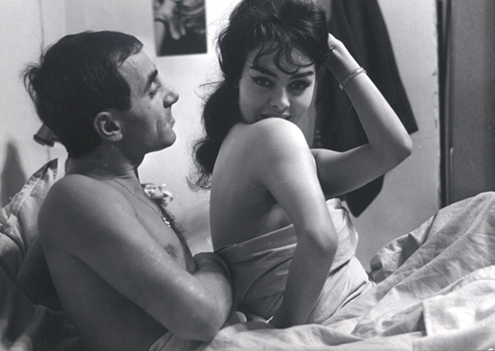
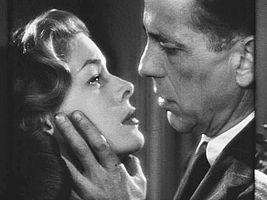

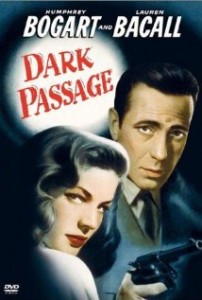

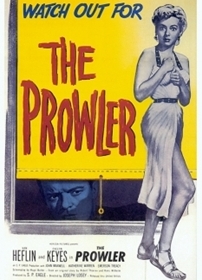
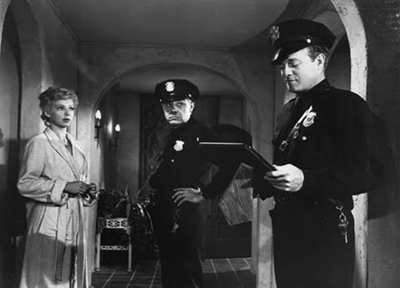
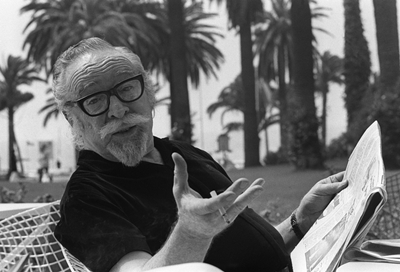





From FNB readers